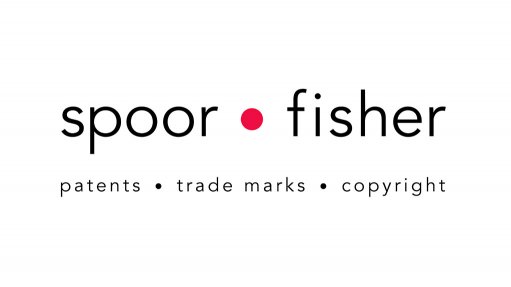
On 8 February 2013 the final regulations on edible ices were published in the Government Gazette.
“Edible ices” include products such as ice cream, frozen yoghurt and sorbet.
The products are classified in terms of regulation 4 and must comply with the relevant standards stipulated. For example, frozen fruit sorbet means “an aerated and frozen product consisting of mainly water and sugars” and shall contain “at least 15% (m/m) fruit”.
Requirements have also been prescribed for the containers of edible ices under regulation 5 and the products must be marked with standard particulars set out in regulation 6. These particulars include basic information such as the country of origin of the product, an ingredients list and the name and address of the manufacturer. These particulars conform to the regulations of the Foodstuffs, Cosmetics and Disinfectants Act, 1972.
Regulation 7 sets out a number of restrictions for containers, multipacks and outer containers of edible ices. This regulation is important and should be carefully considered when it comes to the branding of a product that is classified as an edible ice.
One of the restrictions mentioned under regulation 7 is that depictions or illustrations of a fruit(s) that is added to or used in the manufacturing of the product will only be allowed if the product in question contains at least 6% (m/m) or more fruit. Furthermore, the depiction or illustration of any other ingredient that is emphasised on a container will only be allowed if the requirements on Quantitive Ingredient Declarations (QUID) have been met.
The regulation also makes provision for the restriction of any words, marks or illustrations being used on a container that may mislead or create a misrepresentation regarding the quality, nature, class, origin or composition of the product. This includes a registered trade mark or brand name that may create a false impression regarding the contents of the container.
If a substance does not normally occur in the product, no claim regarding the absence of such substance shall be made, unless such claim is allowed in the regulations published under the Foodstuffs, Cosmetics and Disinfectants Act, 1972.
Words such as “fresh”, “freshly”, “natural”, “nature’s”, “pure”, “traditional”, “original”, “authentic”, “real”, “genuine”, “homemade”, “selected”, “premium”, “finest”, “quality” or “best” or any expression that has a similar meaning shall not appear on the container of an edible ice product unless the criteria on the use of the term in question has been met. The criteria for the use of these terms are set out in the guidance notes compiled by the United Kingdom’s Food Standard Agency.
The good news for proprietors of registered trade marks or brand names that incorporate the restricted words, logos or expressions is that if such registered trade marks or brand names have been in use on containers containing edible ices prior to the publication of these regulations; they will NOT be subject to the restrictions.
Any person who contravenes or fails to comply with the provisions of the regulations shall be guilty of an offence and shall be liable to a fine or to imprisonment in accordance with section 11 of the Agricultural Product Standards Act, 1990.
Therefore, it is important for all parties concerned to ensure that their products as well as the branding and marking of the containers of the products comply with the new regulations.